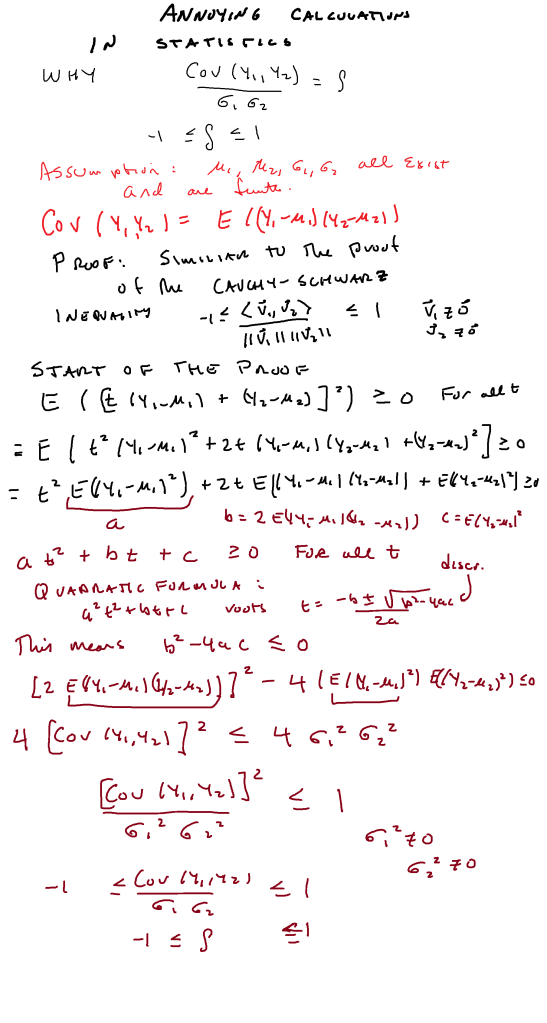I was in a weird situation this semester in my “applied calculus” (aka “business calculus”) class. I had an awkward amount of time left (1 week) and I still wanted to do something with Taylor polynomials, but I had nowhere near enough time to cover infinite series and power series.
So, I just went ahead and introduced it “user’s manual” style, knowing that I could justify this, if I had to (and no, I didn’t), even without series. BUT there are some drawbacks too.
Let’s see how this goes. We’ll work with series centered at (expand about 0) and assume that
has as many continuous derivatives as desired on an interval connecting 0 to
.
Now we calculate: , of course. But we could do the integral another way: let’s use parts and say
. Note the choice for
and that
is a constant in the integral. We then get
. Evaluation:
and we’ve completed the first step.
Though we *could* do the inductive step now, it is useful to grind through a second iteration to see the pattern.
We take our expression and compute by parts again, with
and insert into our previous expression:
which works out to:
and note the alternating sign of the integral.
Now to use induction: assume that:
Now let’s look at the integral: as usual, use parts as before and we obtain:
. Taking some care with the signs we end up with
which works out to
.
Substituting this evaluation into our inductive step equation gives the desired result.
And note: NOTHING was a assumed except for having the required number of continuous derivatives!
BUT…yes, there is a catch. The integral is often regarded as a “correction term.” But the Taylor polynomial is really only useful so long as the integral can be made small. And that is the issue with this approach: there are times when the integral cannot be made small; it is possible that can be far enough out that the associated power series does NOT converge on
and the integral picks that up, but it may well be hidden, or at least non-obvious.
And that is why, in my opinion, it is better to do series first.
Let’s show an example.
Consider . We know from work with the geometric series that its series expansion is
and that the interval of convergence is
But note that
is smooth over
and so our Taylor polynomial, with integral correction, should work for
.
So, nothing that our k-th Taylor polynomial relation is:
Let’s focus on the integral; the “remainder”, if you will.
Rewrite it as: .
Now this integral really isn’t that hard to do, if we use an algebraic trick:
Rewrite
Now the integral is a simple substitutions integral: let so our integral is transformed into:
This remainder cannot be made small if no matter how big we make
But, in all honesty, this remainder could have been computed with simple algebra.
and now solve for
algebraically .
The larger point is that the “error” is hidden in the integral remainder term, and this can be tough to see in the case where the associated Taylor series has a finite radius of convergence but is continuous on the whole real line, or a half line.

